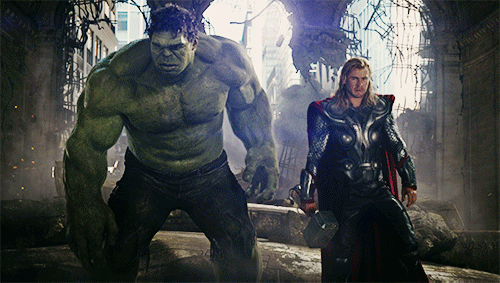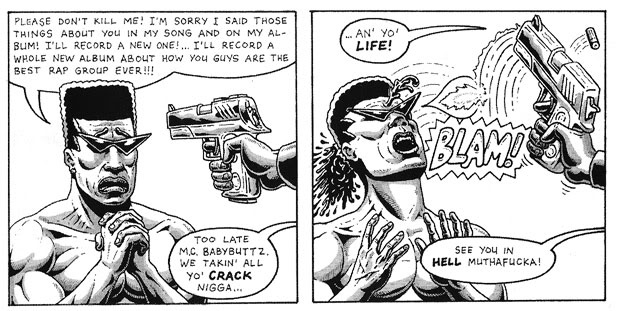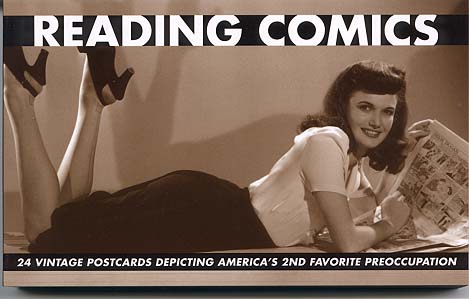The index to the entire Joss Whedon roundtable is here.
_________
Introduction
“They’re trying to turn movies into comic books,” I lamented in the period of years, months and weeks leading up to the 2012 blockbuster The Avengers. My concern had been that, like superhero comic books, the Marvel Studios film franchise was beginning to focus on large events at the expense of the individual unit of storytelling.
In this day and age, and for many years prior, it has become less likely that an individual comic book would provide the reader with a complete narrative or even a fulfilling storytelling module. Entire comic books, even entire series would come and go and amount to essentially a chapter or even a paragraph in the big-picture narrative that had become priority for the publishers. More than selling comic books, Marvel (and DC) had begun pitching their full line of books to the audience as the end product. More than stories, Marvel had begun selling a lifestyle, a culture. When the films began under the Marvel Studios company, the references between the films felt cute and charming at first. And then when the Avengers project started to congeal into a reality, it stopped feeling cute and began feeling like bricklaying.
It turns out that bricklayers build sound structures, large buildings to exist inside of. I went to see 2012’s The Avengers film with three of my friends, comics people but not superhero fans. All four of us were impressed. Thrilled, tickled, impressed and thoroughly entertained. In addition, I was personally taken by surprise that Marvel’s scheme had truly worked out and paid off with a sound and entertaining film.
How did such a bizarre scheme work?
This is a film that is a sequel to several different films, which is something that to my knowledge hadn’t been attempted before. There have been previous near-attempts such as Kevin Smith’s linked New Jersey films and Quentin Tarantino’s interconnected film world. But those merely hinted at what Marvel’s The Avengers would eventually attempt and accomplish.
Character
This is a film with no single, fixed protagonist. Ensemble cast storytelling is not a common choice in popular narrative, most writers opting to lift one character above the others. While it can be argued that Robert Downey Jr’s Tony Stark functions as the protagonist of The Avengers, this character does not hold the primacy of position that he holds in the Iron Man films. While Tony Stark gets the most intimacy from the filmmaker Joss Whedon, his is not a point of view that the audience is necessarily tied to.
Each major character has his or her own narrative arc that from their perspective as characters, makes the narrative their own story. As an ensemble, The Avengers becomes the story of autonomous entities crossing paths and becoming a group. As such, the interplay between the characters feels human, lived-in and real. The reason it feels real is that just like people in real life, these characters are presented to the audience as idnividuals who have concrete histories, defined desires and motives. The characters do not appear in this narrative as storytelling props to support the story of one individual; rather they all seem important in themselves.
Scene Construction
The other achievement that Joss Whedon pulls off with 2012’s The Avengers is an unusual consistency in scene construction and weaving scenes and themes together. Admittedly, I don’t see enough movies to call myself a film expert but I know a thing or two about storytelling.
When watching (and rewatching) The Avengers, I felt that the film was built on an unusually firm structural foundation. The plot itself is not what I am referring to, the full plot of the film is fairly simple. It is the individual scenes that comprise the story which stand out in my mind. Each scene of The Avengers feels not only driven toward the plot and the underlying themes of the film but also feels like a small, neatly-constructed story in and of itself.
Every individual scene–from the establishment of conflict to the gathering of characters to the fight scenes–is built from the same conceptual engine. That engine is comedy. The scenes open with a setting and a premise, the characters go about their way to navigate their goals, personalities and compounding textual circumstances drive the scene toward its plot-relevant resolution and the scenes often punctuate with a joke.
As much as the action of this film is character-driven (essential since characters are the selling point of the film), it is the jokes that sell the film as a story and as a concept. Jokes, ironic reversals, physical comedy and sight-gags, miscellaneous scripting and directorial slights of hand. These are the rungs by which the narrative climbs up. Even the tip-tail end of the film is a punchline which loops back to a one-off reference to create a call-back.
The Avengers resonated with audiences because it took relatively simple themes, stacked them and juxtaposed them, looped them and returned to them at odd intervals, allowing the themes to move on different tracks, at different paces, which creates multiple effects: allowing the large cast to take turns reaching growth points in their individual character arcs as well as airing out a potentially dense story.
I mentioned above that even the fight scenes are constructed as character-driven, character-building, plot-relevant scenes rather than showy departures from the narrative. Thor’s stubbornness leading him to square off against Iron Man, Hulk’s rage which can only be matched by Thor’s clear-mindedness, Hulk sucker-punching Thor which called back the prior animosity. Everything from the punchlines to the literal punches operates in a dual function as comedy writing and character writing. The Avengers is an action film that doesn’t use wild or blurry action just for the sake of violence. Everything in the film is constructed to tell the story of how a small group of characters became friends.




